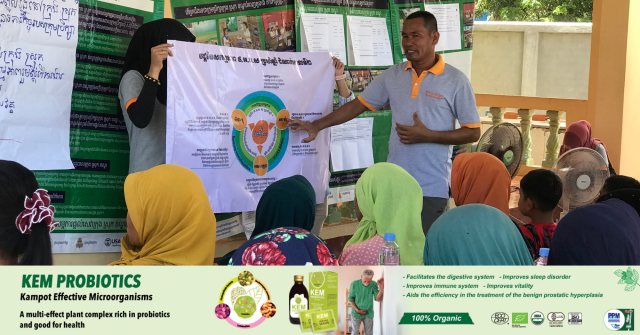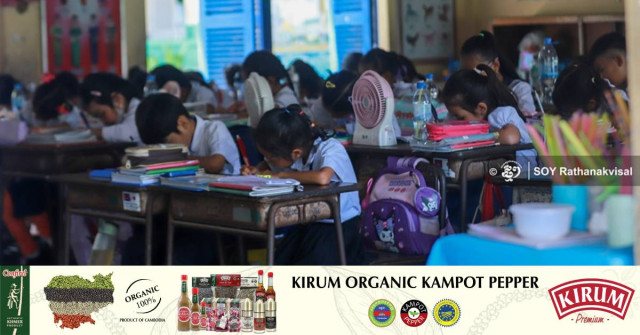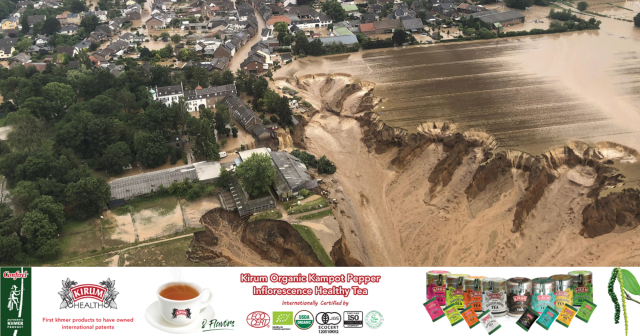Khmer People Often Built Temples to Start a Community

- By Isa Rohany
- October 21, 2023 4:10 PM
SIEM REAP — Wat Chedei temple may have stood in one of the major communities of Siem Reap province after the Angkorian period. Originally a Hindu temple that was converted into a Buddhist monastery possibly three centuries ago, it is located on the Tonle Sap Lake about 10 kilometres from today’s downtown Siem Reap.
Wat Chedei has retained its 10th century structures as Im Sokrithy, an archaeologist with the APSARA National Authority, explained during an interview—Apsara is the Cambodian government body overseeing the Angkor Archaeological Park.

The origins
Major shifts to and from Hinduism and Buddhism occurred throughout Cambodia’s history centuries ago. Even today, Cambodians still more or less practise a mixture of both on a daily basis.
Wat Chedei and the structure before it was marked by these religious changes.
According to archaeological research, the site may go back to the 10th century. The biggest piece of evidence found is a brick temple also called Wat Chedei of a size similar to that of Preah Enkosei temple or Baksei Cham Krong temple, both located in and around Siem Reap city—see Pagoda Terraces Shed Light on Post-Angkorian Time .

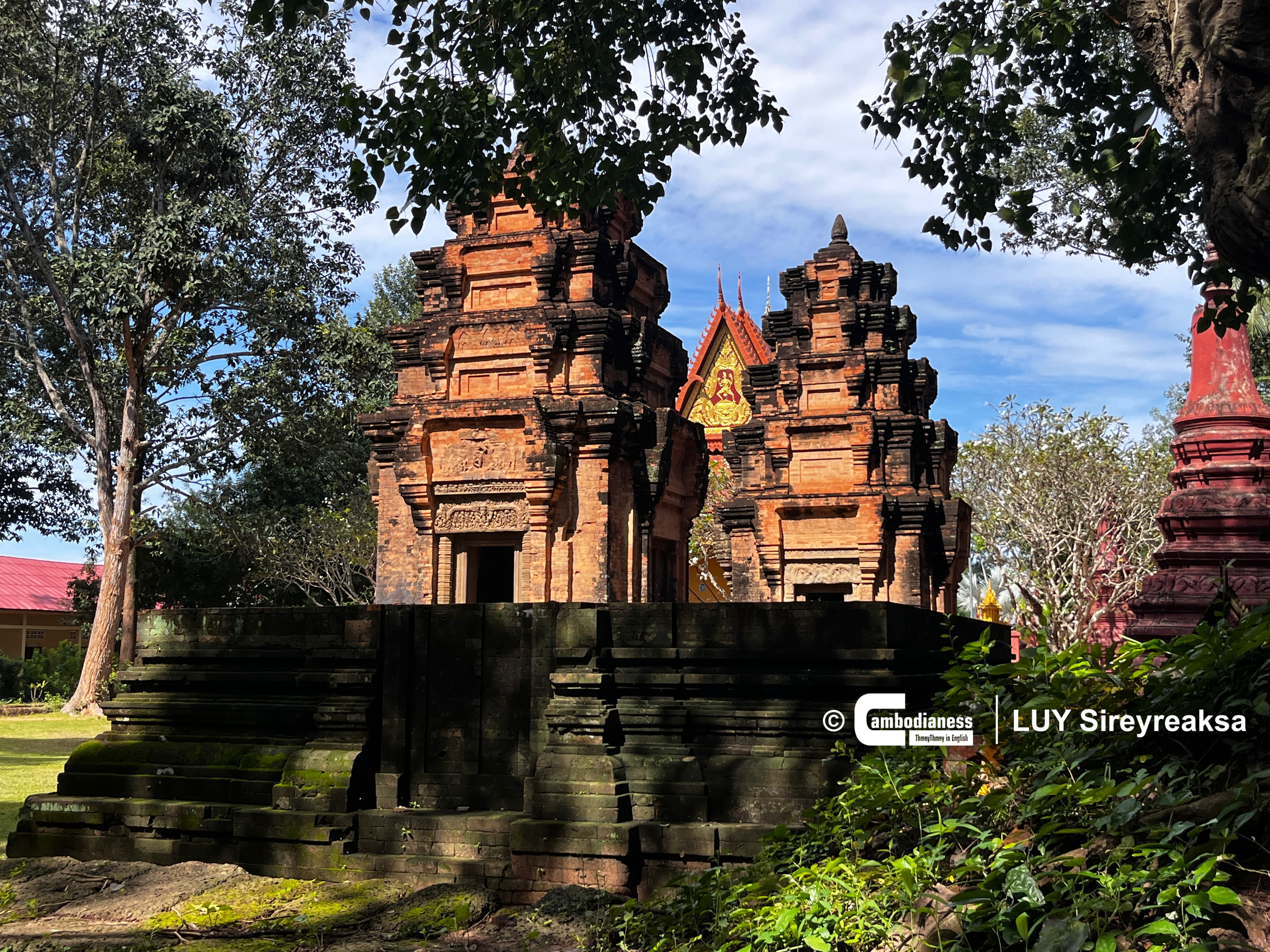
At the time of the construction of Wat Chedei temple, the Angkorian empire was already a century old. At first, this urban area might have centered on the Roluos region and then expanded to Bakheng mountain near Angkor Wat and from the region of the Angkor Wat temple to the areas next to the Tonle Sap lake, places where we can also find other major temples such as the Phnom Krom temple. Large sources of freshwater, aquatic plants and animals, which the lake provided, could have been crucial for civilizations of those times.
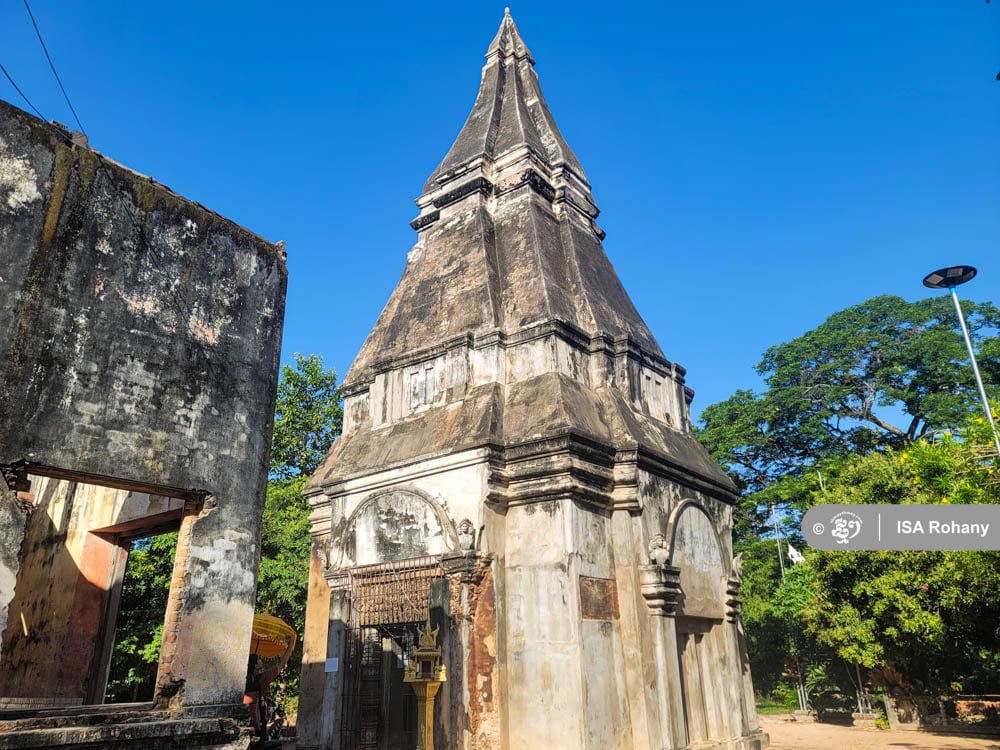
Until the 12th century, the city of Angkor, which spread as far away as Wat Chedei, is believed to have had a population of more than 800,000 people.
A community is often formed through the establishment of a temple. After the Angkorian period, we still saw this custom being practised but from then on, it was with the construction of Buddhist pagodas.
Even today, when Run Ta Ek village and Peak Sneng village started being developed for those illegally living in Angkor Park to resettle in, a pagoda was built as people went about building their own homes, set up businesses and find ways to earn a living. Around the pagoda are usually located other community features such as schools, administration buildings, hospitals or medical centres, markets and a sacred plot of land untouched and respected by the local population.
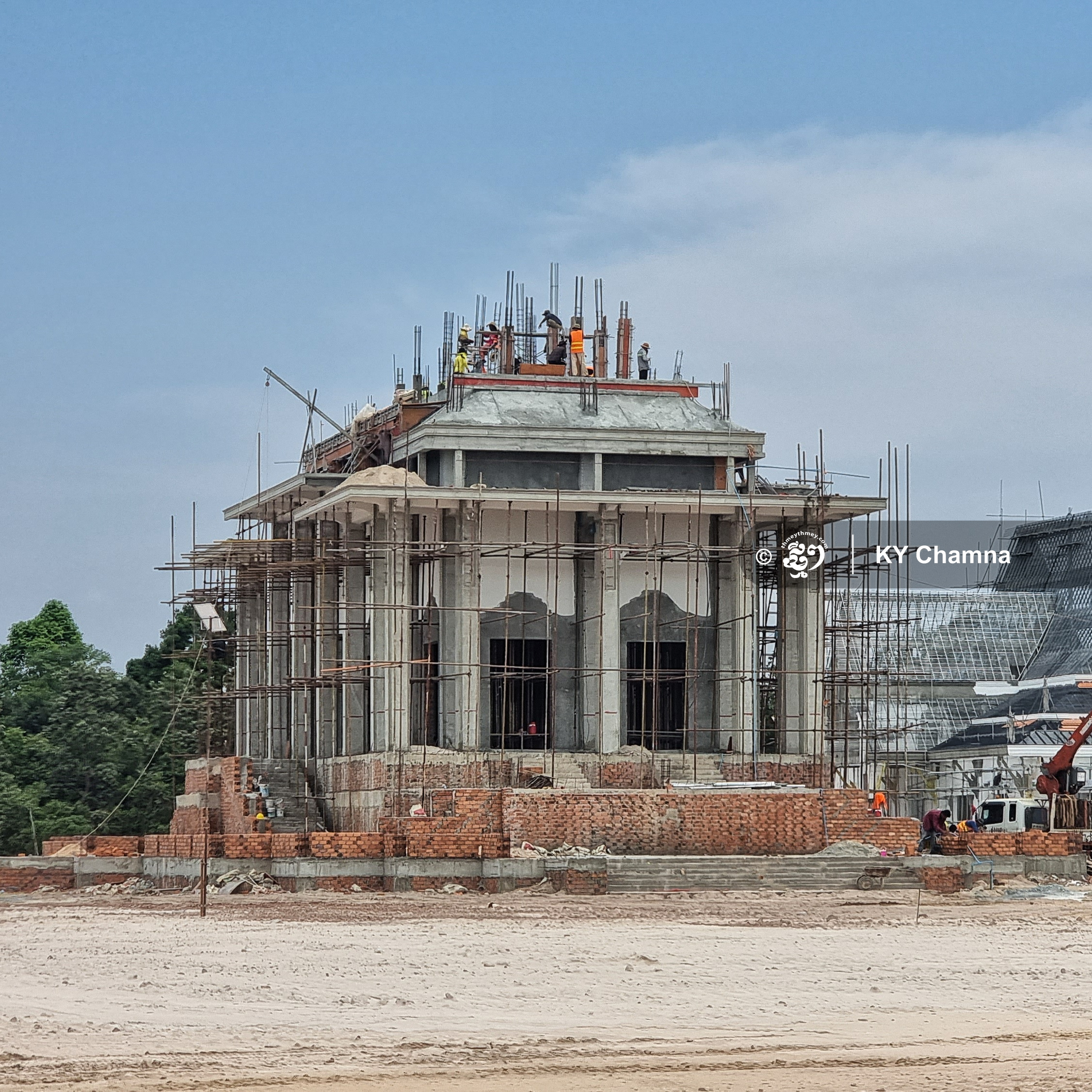
(See The Role of Buddhist Pagodas in Supporting Education in Cambodian Society)
How Wat Chedei acquired its name
Built as a Hindu temple, the 10th century temple featured Hindu figures such as Shiva. However, as time went by, people started incorporating dome-shaped Buddhist architectural features into the existing building, the new structure being built around the older one. One can see the older temple when inside while the one seen outside might only be two to three centuries old. In Khmer, the word “chedei” means stupa, which gave the site its name.
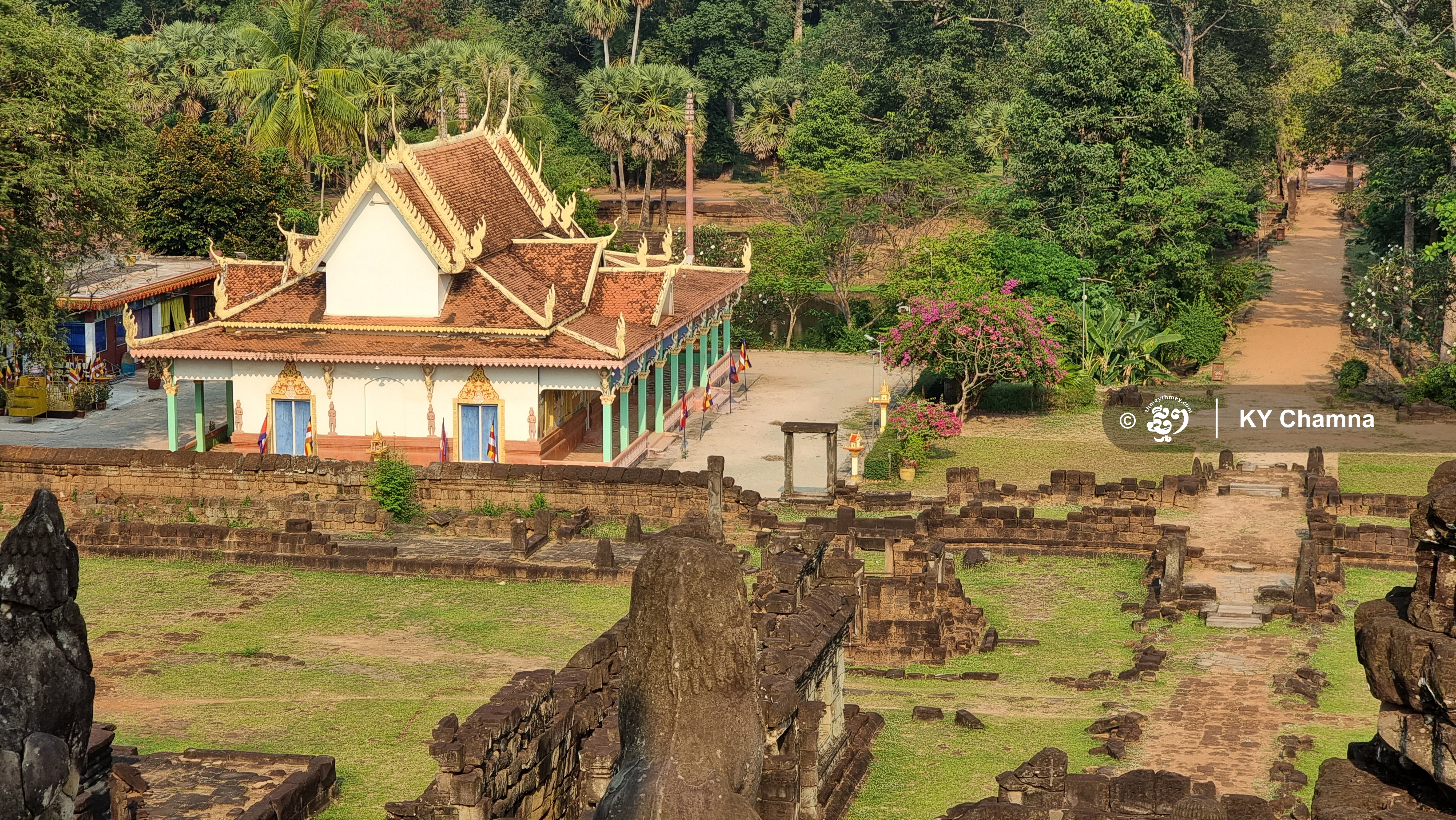

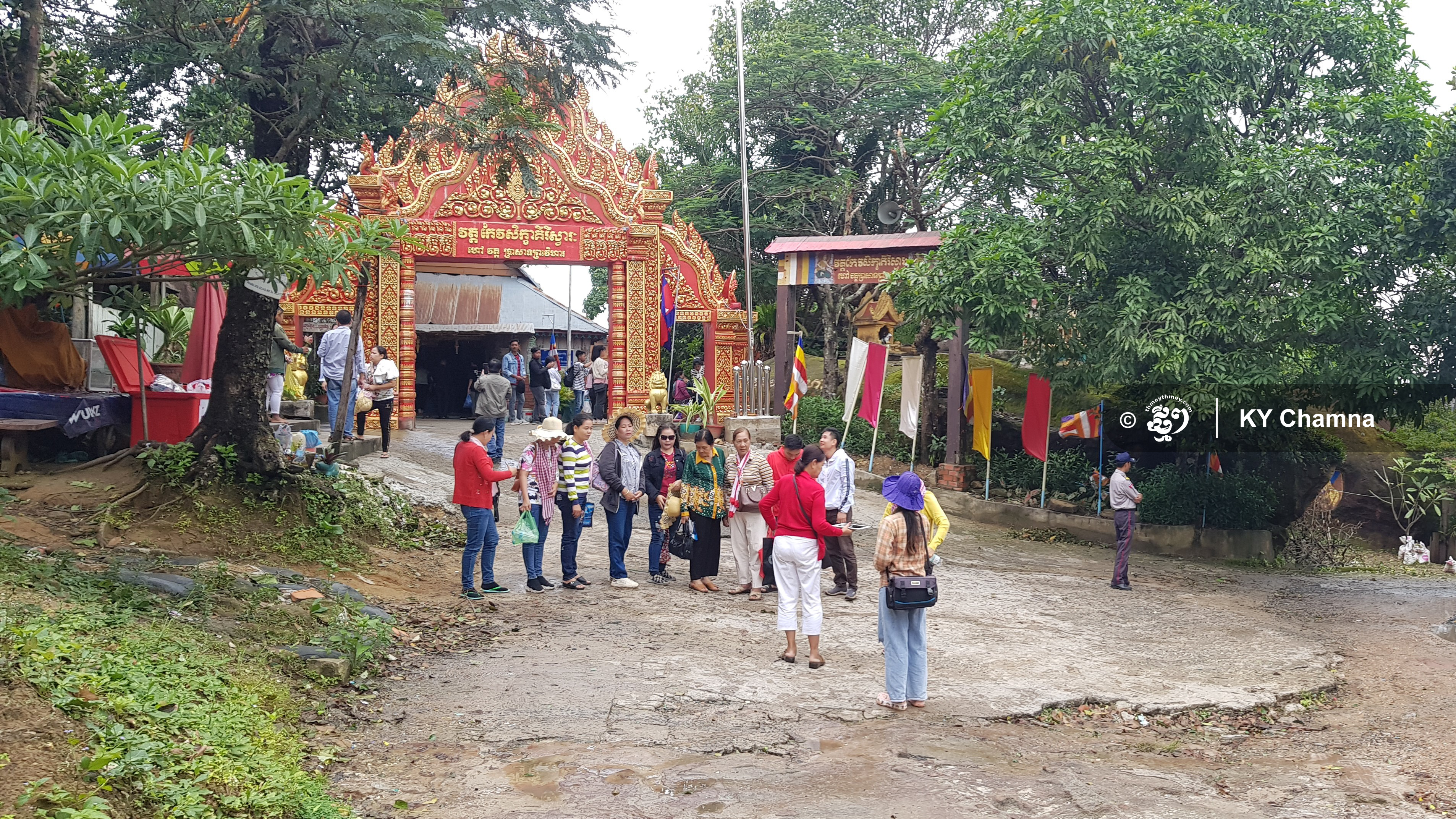
In many parts of Cambodia, Hindu temples were not abandoned at the end of the Angkorian period in the 15th century. Most of the sites were transformed into Buddhist monasteries over the following centuries. The last ones transformed were modified by adding Buddhist architectural elements on top or around the existing Hindu ones.
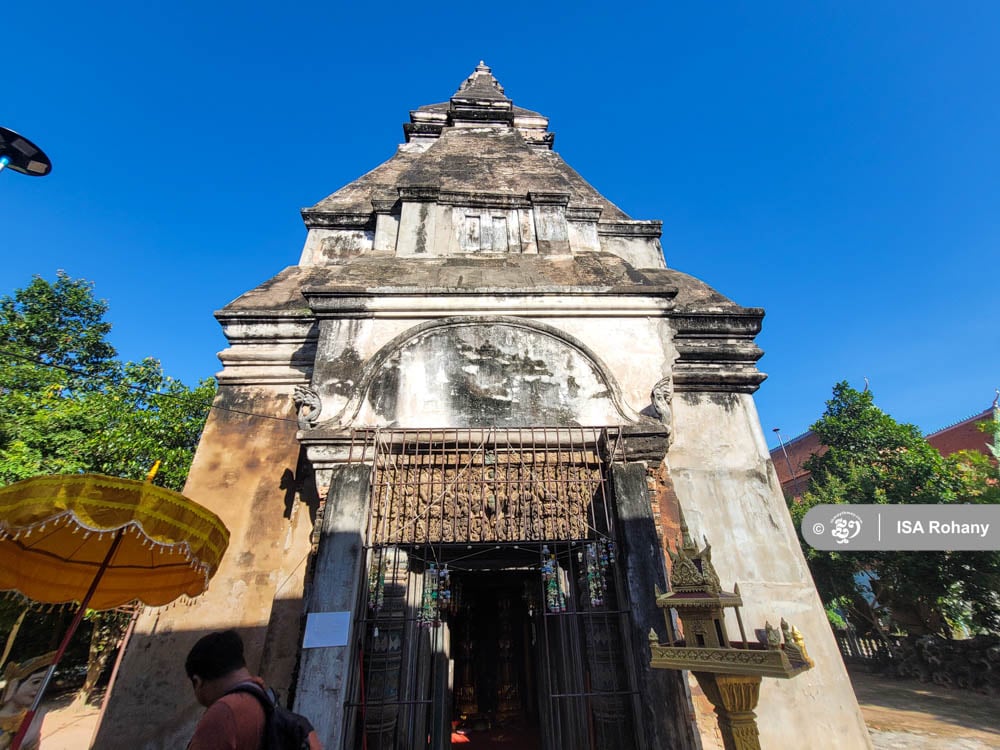
Usually, the old temples are transformed into stupas serving the main shrines while new viharas are built to house the monks on the eastern side of the temples where Buddhist objects are kept for worship.
During times of limited resources and the introduction of new materials, instead of using heavy stones, people began using simpler materials such as wood and concrete to build temples.
Several wood statues of the Buddha sculpted after the Angkorian period can be seen at the Angkor National Museum in Siem Reap.
Why there are so many temples in Cambodia
From the region of Angkor Borei near the border of Vietnam to the region of Preah Vihear temple near the border of Thailand, temples can be seen across Cambodia. There are the Bayon in Angkor Park; Beng Mealea east of Kulen mountain; Koh Ker in Siem Reap province; Sambor Prei Kuk in Kampong Thom province; Banteay Chhmar near the Thai border; and Preah Khan of Kompong Svay in Preah Vihear province, among others. (For more information: Cambodia Has More Than 6,600 Ancient Sites )
Temples were not meant for people to live in. They were places of worship. Sometimes, people built temples to serve deities they believed in. Sometimes, a king would build a temple as his final resting place. Those who looked after the temples also often buried the remains of their relatives there.
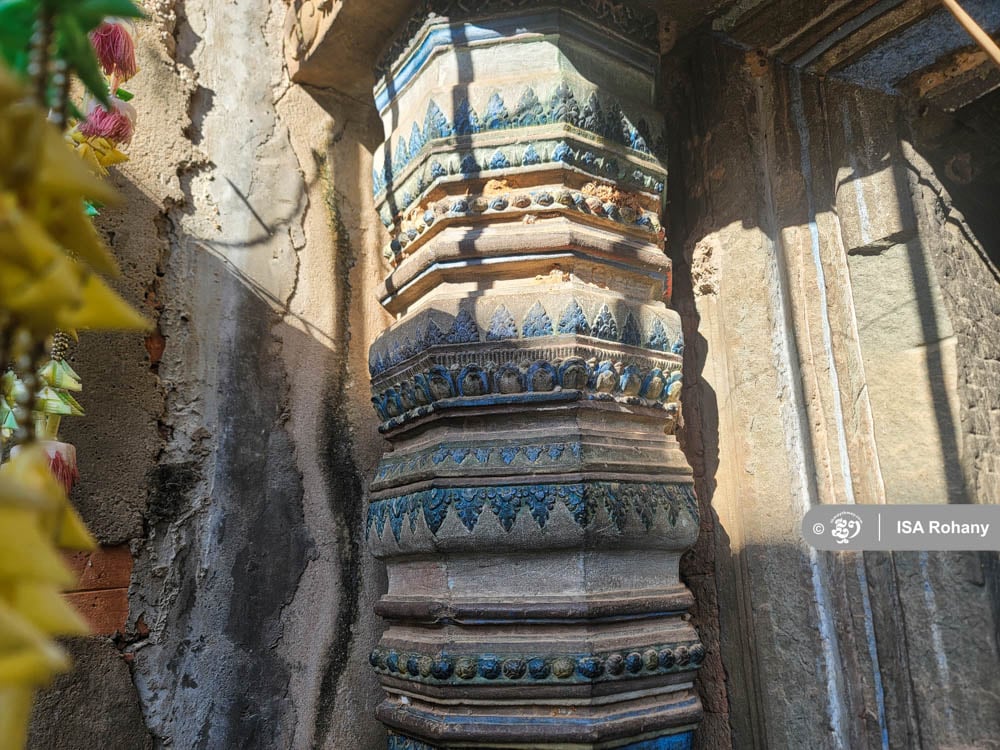
Wat Chedei was constructed during the reign of King Ang Duong. Researchers have found remnants of coins and pottery at the site. Since it is situated near the Tonle Sap lake with tributaries of its own, business was conducted between people from the other side of the lake, which is Battambang province, and this side of the river, which is Siem Reap province. (For more information on the pagodas along watertways in Siem Reap province: Meet the 12 Pagodas Along the Siem Reap Stream )
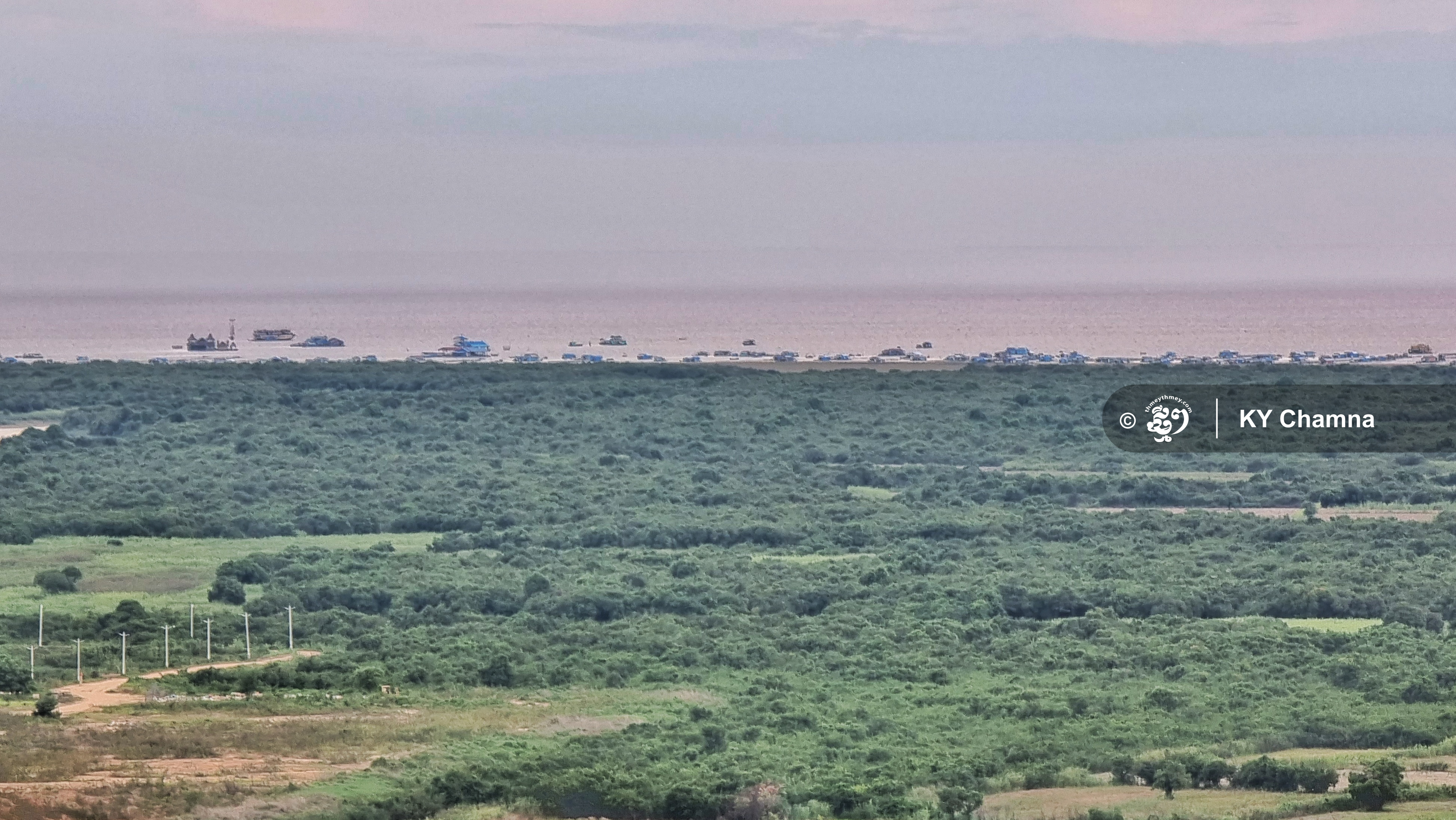
Usually, people would choose a piece a land on high ground to live on to avoid being flooded during the rainy season, building monasteries, pagodas as well as market facilities and their homes on high ground for that purpose.
Wat Chedei is a site that is beautiful in the dry as well as the rainy season with the potential of attracting both Cambodian visitors as well as international ones. The site is also an opportunity to discover a page of history regarding the expansion of cities in times past.

Written in Khmer for ThmeyThmey News, this article was translated by Ky Chamna for Cambodianess.
To read the article in Khmer, click here.













